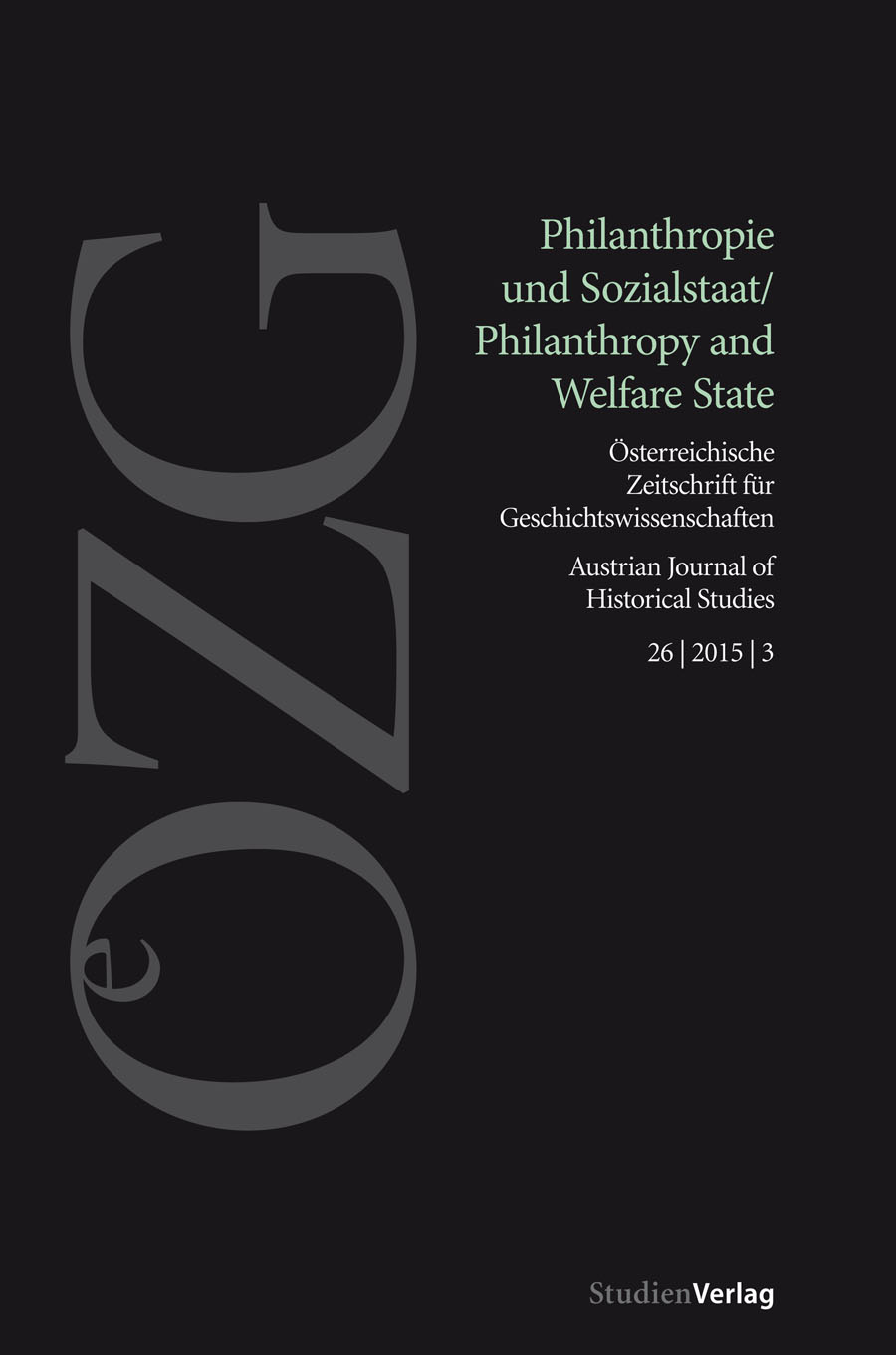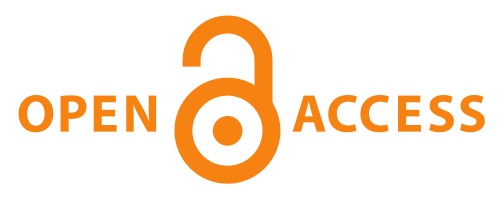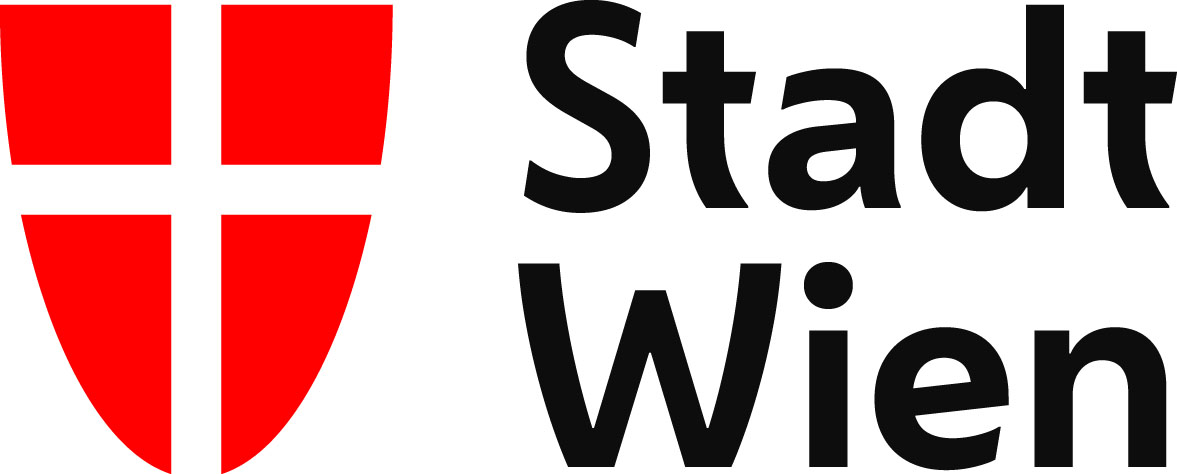Welfare Office and Charities in Göttingen 1870 to 1914
DOI:
https://doi.org/10.25365/oezg-2015-26-3-3Keywords:
civil society, poor relief, mixed economy of welfare, philanthropyAbstract
This paper focuses on poor relief in Göttingen in the late 19th century. It provides insight into the practical cooperation of different actors in a “mixed economy of welfare”. Different actors played an important role in providing help to the poor: the municipal poor relief, as well as various philanthropic associations and congregations, built up assistance programs for indigents, and in addition, the University of Göttingen and other foundations rendered support. How did these various actors work together? And what was their motivation in supporting the poor? In answering these questions, the paper focuses on the structure of the different systems of poor relief, the interactions of the various actors in a “mixed economy of welfare” and also on the work of the most influential people. The many overlaps and the form of cooperation achieved between poor relief and society as a whole make clear that a fundamental opposition between the authority of municipal poor relief on the one hand, and voluntary action on the other, did not exist in the 19th century.







